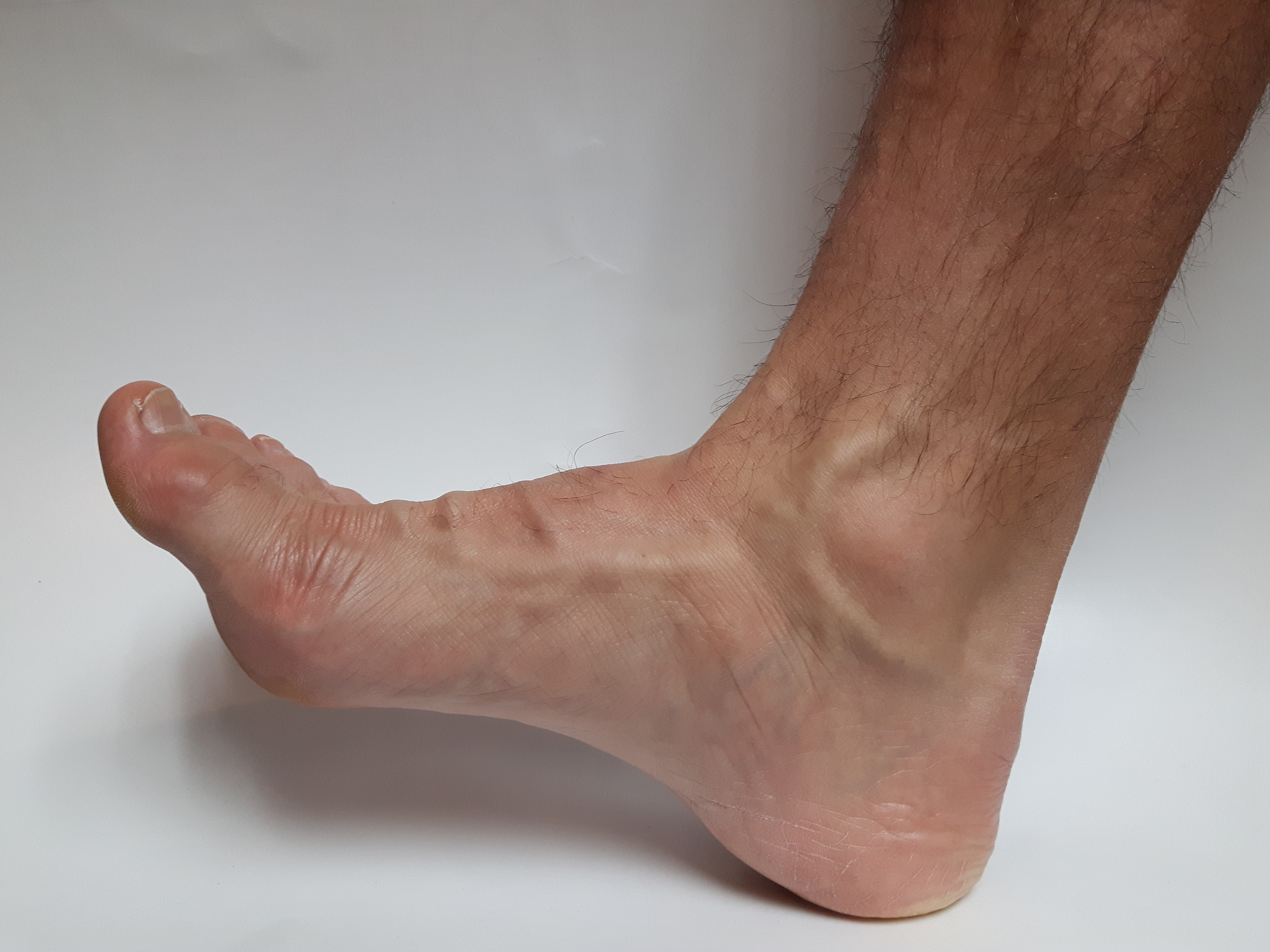When we are rehabilitating tendon problems, first we have to establish if it is in an early inflammatory stage where we need to protect it; or if it is in a non inflammatory stage where movement and load are necessary.
Typically inflamed tendons or tendinitis settle down within a few weeks, the treatment is rest, anti-inflammatories and ice. Tendon problems that have been going on for more than 4 weeks (tendinopaties) require an exercise program in order to build gradually strength and function. Those phases of the healing process are called the proliferation and the remodeling phase.
It is not uncommon to see people stuck at this stage where there is no further resolution of the problem; in these cases patients need to be encouraged to exercise in a controlled and systematic manner to increase blood flow into the tendon in question. This increased blood flow is necessary to finalize the tissue’s healing, repair and recovery.
Anti-inflammatory medications are typically not effective on their own in treating overuse pain. Chronic tendon problems (more than 3 months) can have acute recurrent episodes or flare ups. In this case your physician will be able to recommend the best medication for your condition, and then ready to continue your rehabilitation process.
Keeping joints, muscle and tendons in static positions does not allow for proper blood flow and circulation. When positions are held for more than an hour, it can cause overuse pain, especially if done in a regular basis. Think of sitting with your neck in a fixed position while looking at a computer screen for a long time.
Similarly moving joints in the same direction on a regular basis, or for more than one hour can cause overuse pain and does not allow for proper circulation and oxygenation of tissues. Think of using a power tool over and over when the grip muscles and tendons are not healthy and/or strong enough; this continued stress can generate pain.
What can be done for overuse injuries? Firstly, recognize the cause of it and change the position or movement that produces your pain. This may consist of moving out your joints of the position causing you pain and readjust your working position often. Secondly, choose a “movement pill”, a series of repeated movements in a direction that alleviates stress and perform it two to four times a day. It is not uncommon that the direction of movement that alleviates stress, is in the opposite direction of the painful movement.
Consider using heat for relief when overuse pain occurs. Heat promotes circulation and increased blood flow promotes healing. On the contrary ice would be indicated in the initial inflammatory stages of pain, or right after the onset of the problem or after a bad flare up.
Physiotherapist are experts in the management of tendon problems. Evidence based programs of rehabilitation include four stages: Stage 1: Isometric contractions (contractions of muscle without joint motion). We use them to reduce pain, so we do not add compression to the irritated tissue.
Stage 2: Strengthening. We start to strengthen the involved extremity in general and add specific loads to produce endurance in the injured tendon.
Stage3: Energy storage. We start with end range loading and faster contractions, as it is now alright, to start compressing the tendon.
Stage 4: Energy storage and release. We start with sport specific loading and compression for example running, throwing and jumping.
In chronic cases, more than 3 months, rest is not beneficial for tendons. They need to experience loading to maintain their structure and avoid further deconditioning. Even when diagnostic images such as MRI, ultrasounds, etc..show structural damage, progressive loading to tendons have shown to make significant gains in function and decrease pain.
Education and exercise properly guided by your physiotherapist has the most beneficial effect on tendon problems. There are other interventions such as injections, machines, alternative medicines, etc..these may be helpful ,but will have little effect to your functional capacity. The function has to be built up by gradually loading the tendon with specific, systematic, individualized exercise programs prescribed by your physiotherapist.

